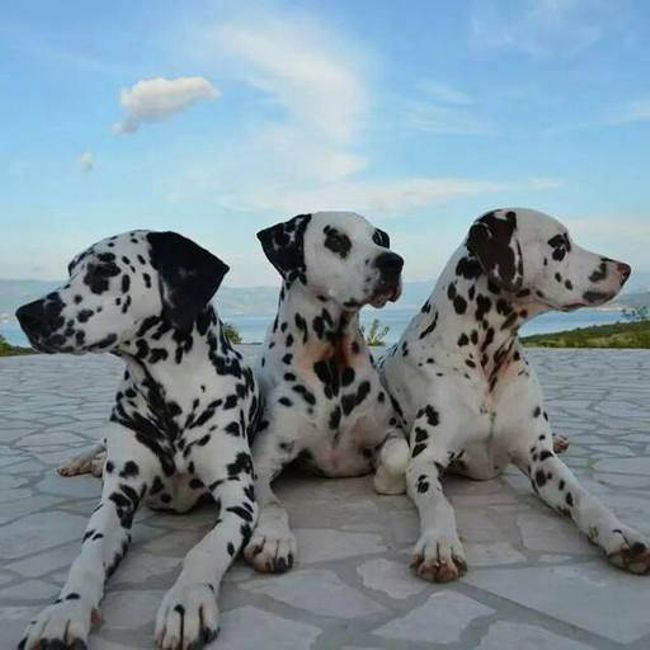(Just wanna be your) Teddybear
Publicēts: 27.11.2018
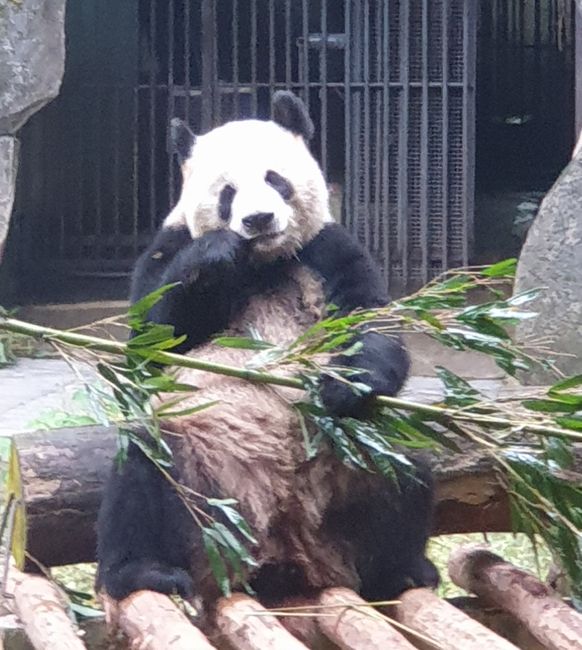
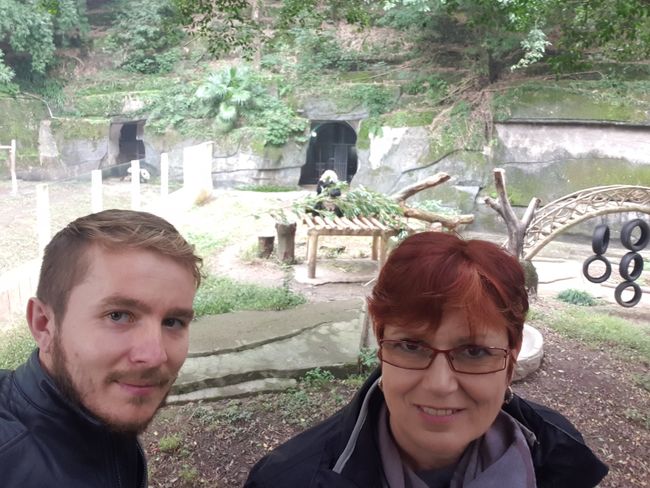
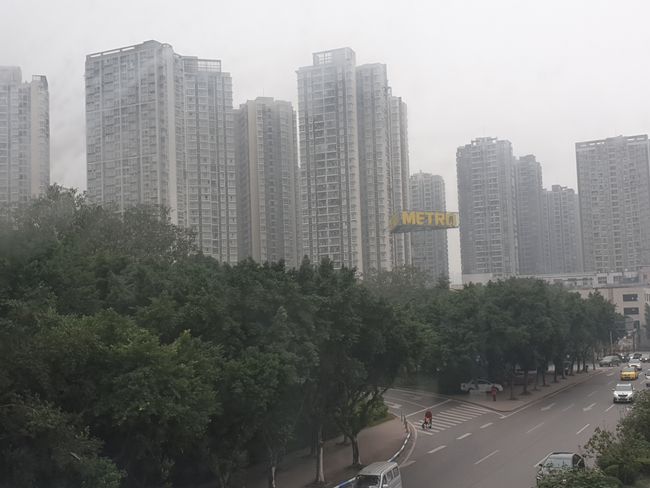
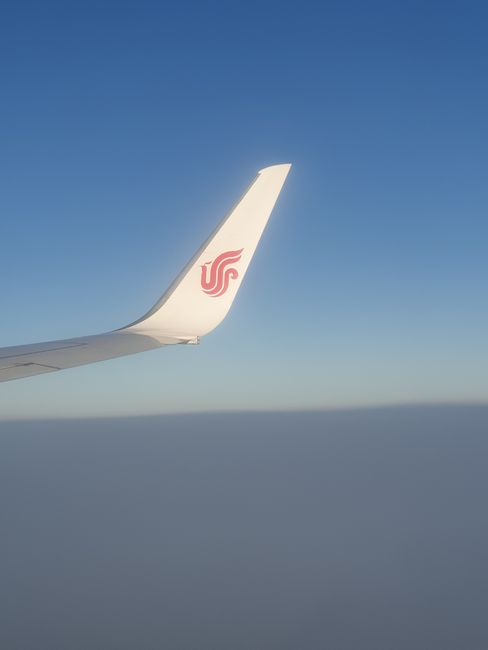
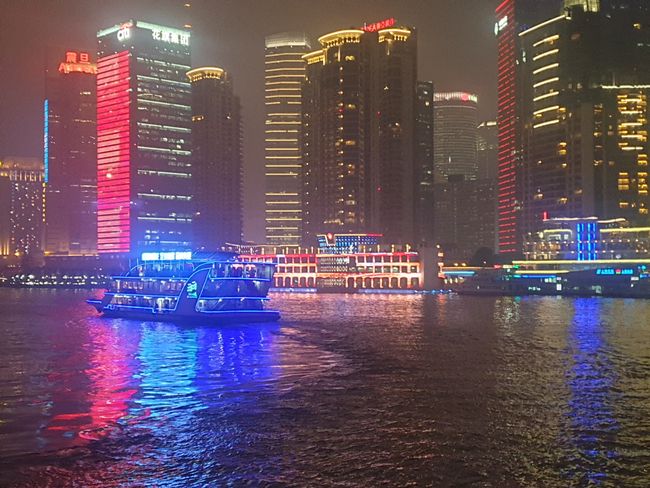
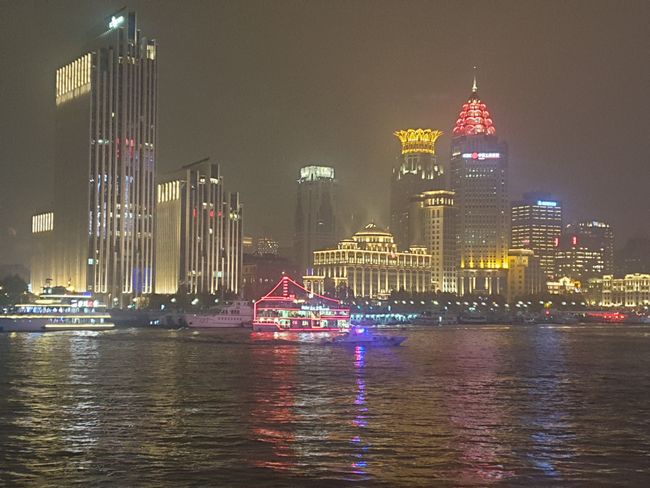
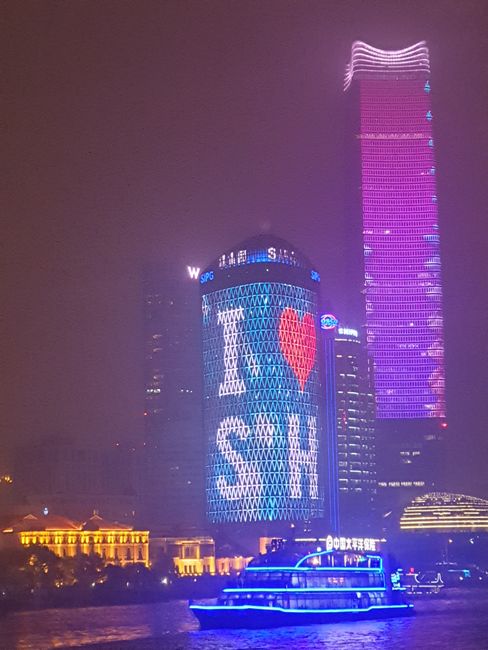
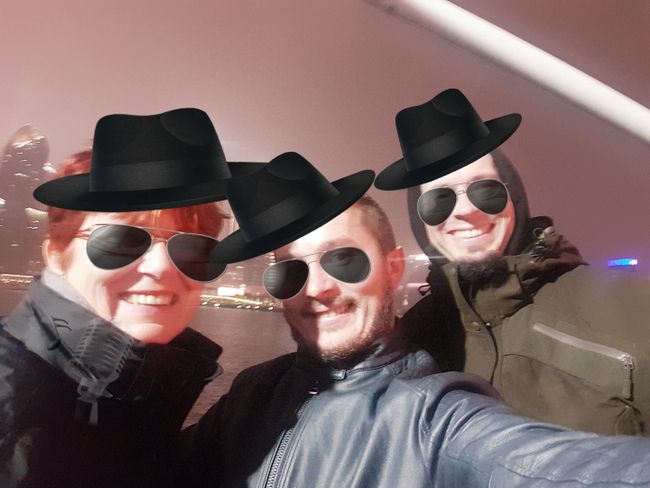
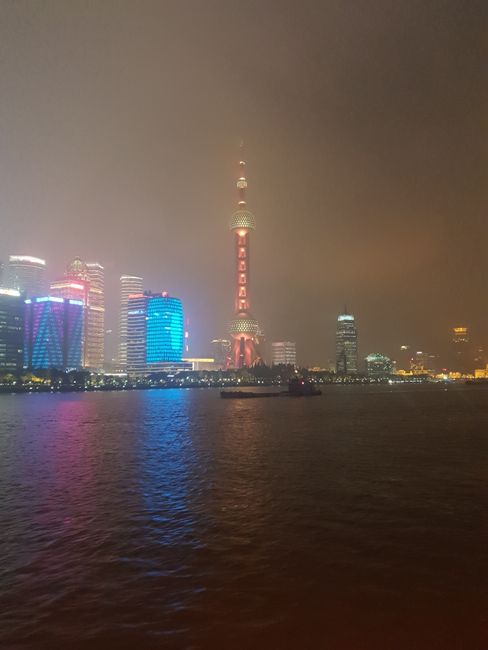
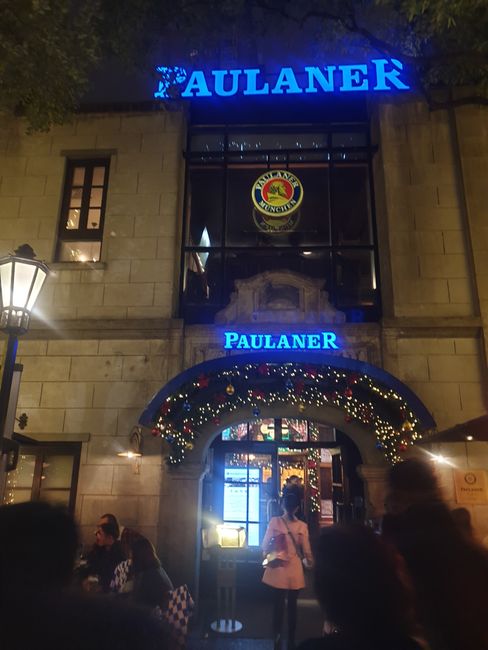
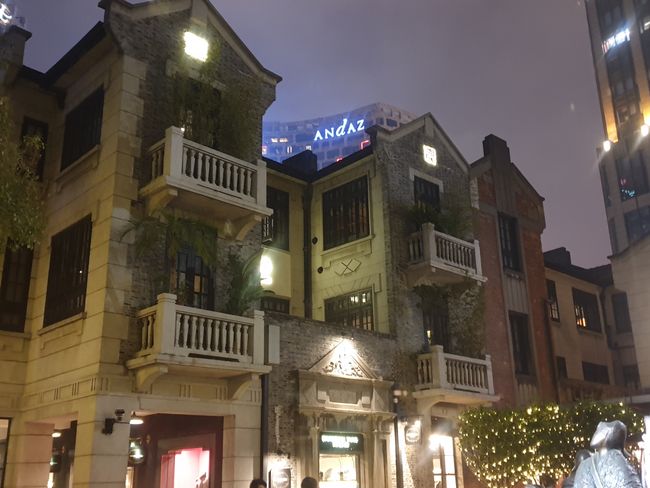
Abonējiet biļetenu
At 7 o'clock it was time to put the suitcases in the hallway, enjoy the last good breakfast and say goodbye to an exceptionally friendly crew and Han, our competent tour guide.
At the pier, which is currently a construction site, a nice tour guide was already waiting for us to accompany us to the panda zoo and the airport. Unfortunately, we had to wait for about 20 minutes because our bus had broken down and a replacement had to be obtained. Luckily for the street vendors, who earned some extra yuan...
On the half-hour journey through this government directly-controlled city, she brought us closer to the 'double luck' that Chongqing translates to.
With 82,000 square kilometers, the city is almost as large as Austria, 32 million people live in the entire district, 10 million in the center.
Protected by mountains and easier to defend, Chongqing was even the provisional seat of government from 1938 to 1945, but was almost completely destroyed by air raids.
Chongqing has many nicknames: mountain city, oven city (35-40 degrees with rain in summer), spicy city (because the cuisine here is particularly spicy), and because of the high humidity, it is also a foggy city (in winter, the sun is often not visible for weeks). So today we experienced a typical winter day in this city: gray on gray.
Due to the topography, there were never any cyclists here, but there were 'Bangbangs'. Bangbangs are porters who immediately come running when someone, mostly older people, call 'Bangbang'.
Today Chongqing is an industrial city that, like everything in China, has developed rapidly in recent years. 20 years ago there were 3 bridges in Chongqing, today there are 30...
The zoo is located in the middle of the city and forms a small green oasis in this collection of concrete. Except for a group of three-year-olds, all pandas are kept individually. Some specimens were born here in the zoo, others in the research center. Besides eating and sleeping, reproduction seems to be the only activity.
In addition to the pandas, there were also other animals such as elephants, zebras, hippos, Nile hippos, as well as birds and fish.
The vegetation is lush and subtropical.
After a good hour, we made our way stop-and-go to the airport of the city. The traffic was apparently denser than expected, so we arrived 'just in time' at the airport.
Around 4 p.m. we landed 'Above the Sea', as Shanghai translates to. (This time our suitcases also survived the flight unharmed).
With 24 million, Shanghai is the most populous city in China.
Unlike the other cities we visited, Shanghai cannot look back on a thousand-year history. It was founded in the 13th century on the East China Sea. It became known in 1840 during the Opium War between England and China. Until 1945, there were consular jurisdictions for the English and the French. Presumably, this mixture also makes the skyscrapers line up with the colonial buildings, giving the city its special charm.
During our night tour of Shanghai, we also made a short detour to the French Quarter. There, you sit in street cafes, drink wine, taste ham, for example. Or you visit Paulaner and have a currywurst with French fries and mayo served for 88 yuan. I have to say, after all the Chinese cuisine, the temptation was great. With 30,000 Germans living here permanently, they can certainly sell one or two specialties. However, there were also plenty of Chinese people in the pubs.
We reached the Guoman Hotel around 11 p.m. Took a quick hot bath and then recharge for tomorrow.
(MORE PICTURES TO FOLLOW)
Abonējiet biļetenu
Atbilde

